 +86 755 2794 4155
+86 755 2794 4155  sales@knownpcb.com
sales@knownpcb.com
-
Shenzhen KNOWNPCB Technology Co., Ltd.
 +86 755 2794 4155
+86 755 2794 4155  sales@knownpcb.com
sales@knownpcb.com
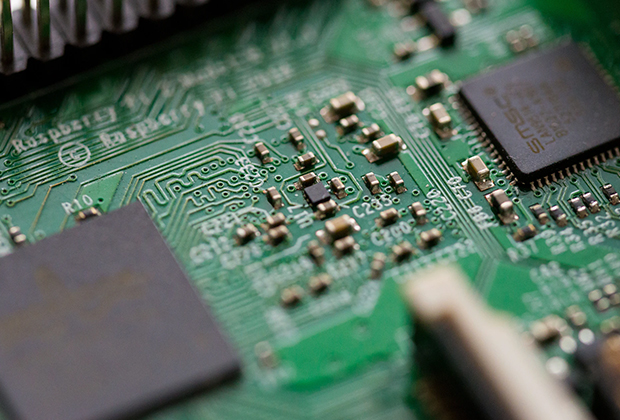
Have you noticed that now more and more of our lighting is using led lighting.What is LED? Compared to the traditional light bulbs, LEDs have lower power consumption, longer lifetime and higher energy efficiency. In the PCB industry,when we say LED PCB, it refers to the pcb used for LED lighting, if you are looking for a suitable LED PCB for your lighting system, this article may bring you something. WHAT ARE LEDS COMPOSED OF?LED is an initial light-emitting diode that produces light when an electric current passes through. LEDs typically have negative and positive electrodes, which generate light in the visible light region.The LEDS are glued to the PCB by soldering process and have electrical connections for lighting.Since light-emitting diodes dissipate a lot of heat when they are in use, when you are designing LED, the metal core is usually the best choice for LED PCB, it is because that it dissipates heat more faster. Among them, the metal material aluminum is the most widely used
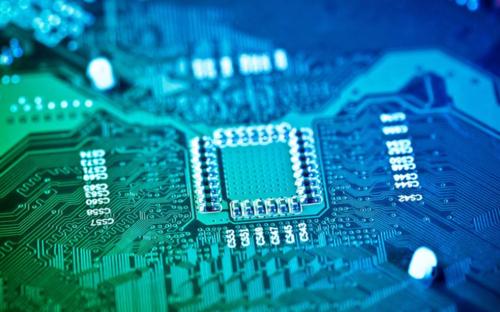
1. Design considerations Firstly, before starting the design, it is necessary to understand the copper PCB specified in the design guidelines. From the shared guidelines, it can be understood that it includes considerations such as line width, line spacing, and heat release mode. The increased copper thickness requires wider wiring to accommodate higher currents, and appropriate spacing is crucial for avoiding hot spots and ensuring reliable operation. In addition, selecting suitable materials with excellent mechanical strength and thermal performance is crucial for ensuring robustness. 2. Material selection Careful attention must be paid to the etching process to prevent excessive etching, which may damage the integrity of the copper layer. In addition, the additional weight of copper requires a sturdy substrate to support the structure of the board. You may have a question why industrial power supplies require the use of thick copper plates because they have exceptional heat
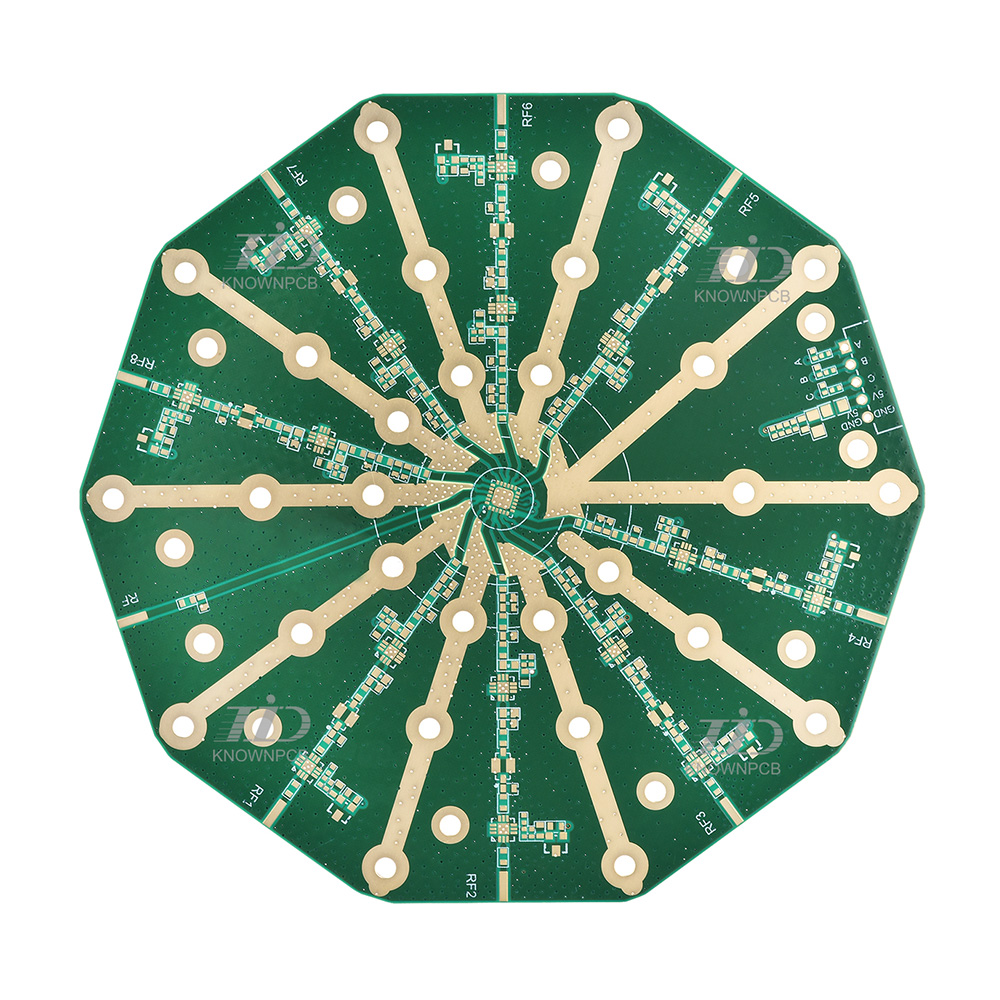
In circuits with resistors, inductors, and capacitors, the resistance to alternating current is called impedance. Impedance is commonly represented by Z, which is a complex number. The real part is called resistance, and the imaginary part is called reactance. The impedance caused by capacitors in a circuit is called capacitance, while the impedance caused by inductors in a circuit is called inductance. The impedance caused by capacitors and inductors in a circuit is collectively called reactance. The unit of impedance is ohms. Impedance type (1) Characteristic impedance In electronic information products such as computers and wireless communication, the energy transmitted in the circuit of a PCB is a square wave signal (pulse) composed of voltage and time, and the resistance it encounters is called characteristic impedance. (2) Differential impedance Two identical signal waveforms with opposite input polarity at the driving end are transmitted by two differential lines, and t
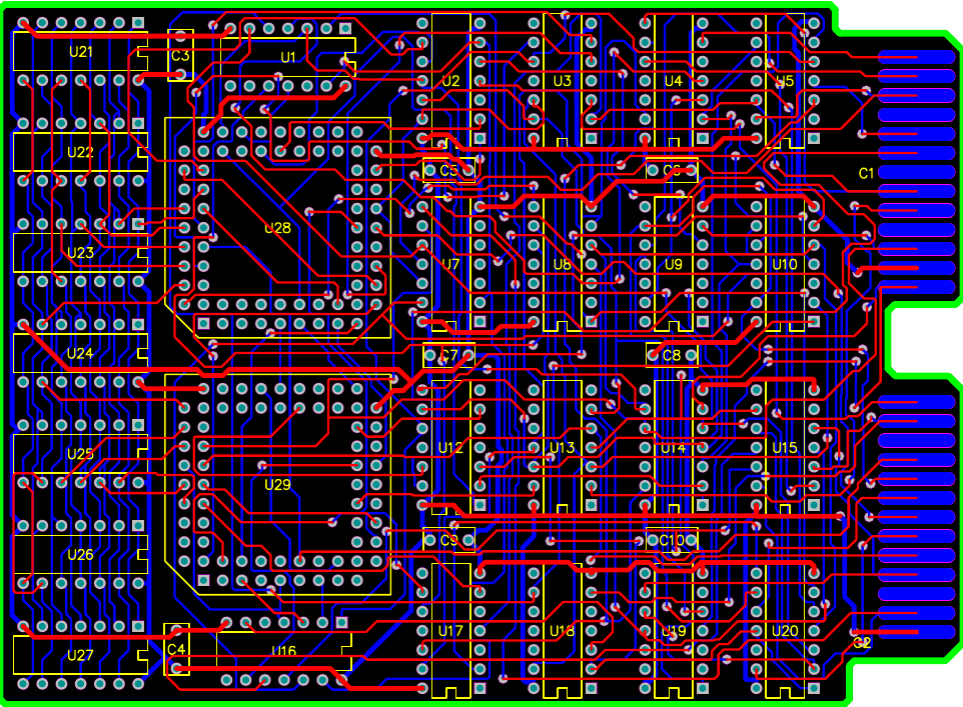
a) Ma Keng: Ma Keng is the result of organic pollution. Large pits usually indicate oil pollution. If the stirring is poor, the bubbles cannot be expelled, which will form pits. Wetting agents can be used to reduce its impact. We usually refer to small pits as pinholes. Poor pre-treatment, metallic impurities, low boric acid content, and low plating temperature can all cause pinholes. Maintenance and process control of the plating solution are crucial, and anti pinhole agents should be used as process stabilizers to supplement. b) Roughness and burrs: Roughness indicates that the solution is dirty, and sufficient filtration can correct it (high pH can easily form hydroxide precipitates, which should be controlled). If the current density is too high, impurities are brought in by impure anode mud and added water, and in severe cases, roughness and burrs will occur. c) Low adhesion: If the copper coating is not fully removed from the oxide layer, the coating will peel off and the adh
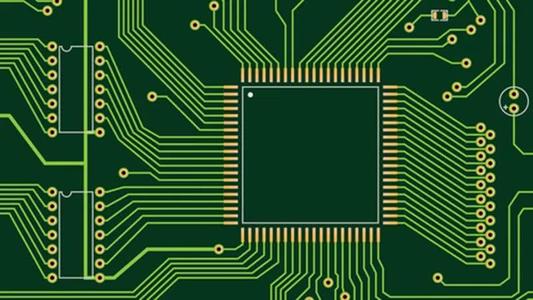
Benefiting from the rotational support of terminal new products and new markets, the global PCB market has successfully achieved recovery and growth. According to data from the Hong Kong Circuit Board Association (HKPCA), the global PCB market will develop steadily in 2011, expected to grow by 6-9%, while China is expected to grow by 9-12%. The Taiwan Institute of Industry and Technology (IEK) analysis report predicts that the global PCB output value will increase by 10.36% in 2011, with a scale of 41.615 billion US dollars. According to Prismark's analysis data and the report released by Industrial Securities R&D Center, the changes in PCB application structure and product structure of PCB sampling manufacturers reflect the future development trend of the industry. With the decline in the output value of single/double sided boards and multi-layer boards, as well as the increase in the output value of HDI boards, packaging carrier boards, and soft boards, it indicates that the grow
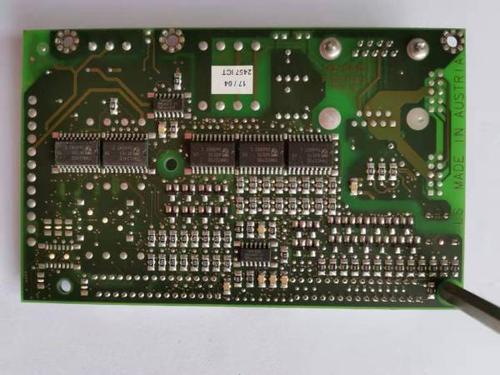
Single panel Single sided boards are on the most basic PCB, with parts concentrated on one side and wires concentrated on the other side (when there are SMD components, they are on the same side as the wires, and plug-in devices are on the other side). Because wires only appear on one side, this type of PCB is called a single side. Because single panels have many strict restrictions on the design of wiring (as they only have one side, wiring cannot cross and must be routed independently), only early circuits used such boards. Double-sided board Double sided boards have wiring on both sides of the circuit board, but to use wires on both sides, it is necessary to have appropriate circuit connections between the two sides. The "bridge" between these circuits is called a guide hole (via). A guide hole is a small hole filled or coated with metal on a PCB that can be connected to wires on both sides. Because the area of the double-sided board is twice that of a single panel, the doubl
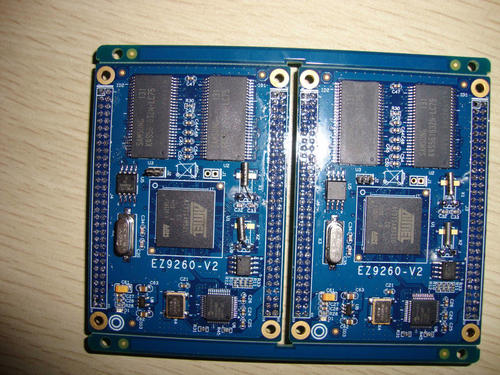
The reason why PCB has been increasingly widely used is because it has many unique advantages, which can be summarized as follows. Can be high-density. For decades, high-density printed circuit boards have developed with the improvement of integrated circuit integration and the advancement of installation technology. High reliability of PCB board sampling. Through a series of inspections, tests, and aging tests, it can be ensured that the PCB can work reliably for a long time (usually 20 years). Designability. The various performance requirements (electrical, physical, chemical, mechanical, etc.) of PCBs can be achieved through design standardization and standardization, with short time and high efficiency. Producibility. By adopting modern management, standardized, scaled, automated production can be carried out to ensure product quality consistency. Testability. We have established a relatively complete testing method, testing standards, various testing equipment and instrum

Entering the PCB prototype factory, the first thing to see is the cutting process, where copper plates of various thicknesses (from 0.4mm to 2.0mm) are cut into appropriate sizes, laying the foundation for circuit board production. This step may seem simple but it is actually very important. If the board size design is not suitable, a lot of edge waste will be generated during the PCB production process. PCB sampling manufacturers will add the price of the waste edge to the customer's board, increasing the unit price. Improving the utilization rate of raw materials as much as possible is an important measure taken by Jiali Chuang to lower the unit price. Then you see the drilling workshop, where the large and small holes on the circuit board are for inserting electronic components or through hole jumpers. This process is completely operated by computer numerical control, and the machine sets the size and coordinates of the through-hole according to the circuit. The accuracy requirem

A multifunctional SMT machine, also known as a high-precision SMT machine or general-purpose machine, can mount high-precision large and irregular components. Generally, it can also mount small chip shaped components, covering almost all component ranges, so it is called a multifunctional SMT machine. Today, let's talk about the basic features of a multifunctional SMT machine: 1、 The structure of functional SMT machines mostly adopts an arch structure, which has the characteristics of high accuracy and good flexibility. 2、 In X and Y positioning systems, full closed-loop servo motors are mostly used for driving, and linear grating encoders are used for direct position feedback to avoid errors caused by screw distortion and deformation. Some use dual electric motors and dual screw rods on both sides of the platform in the y-axis, and use a bilinear grating ruler for feedback, which can effectively reduce the waiting caused by the stationary mounting head and reduce the error cause
Inquiry Now

